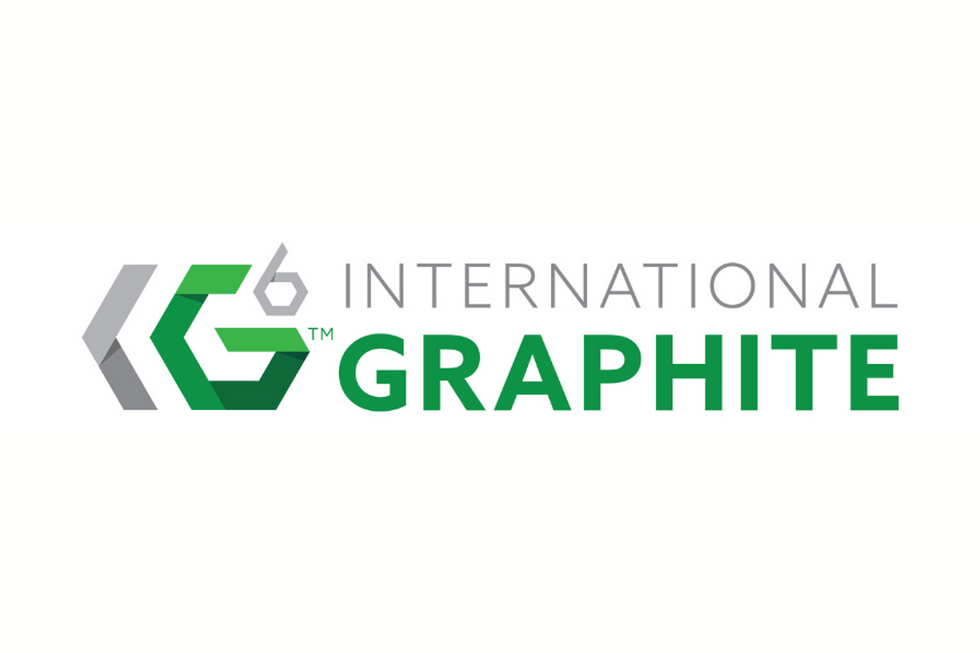Canada Carbon’s Graphite Suitable for Nuclear Applications, Says Evans Analytical
Canada Carbon (TSXV:CCB) announced that test results confirm that the graphite from the Miller property in Quebec is suitable for use in nuclear applications. Canada Carbon has been in discussions with senior scientists at Oak Ridge National Laboratory which is working with Idaho National Laboratory and other government agencies towards the design and development of high-temperature, gas-cooled, graphite-moderated nuclear reactors, under a program supervised by the U.S. Department of Energy’s Office of Nuclear Energy. Evans Analytical is the Oak Ridge National Laboratory nuclear graphite assessment program’s preferred laboratry, and according to VP for Purity Survey Analysis Services, Karol Putyera, said, “these purity results for natural graphite are comparable to the purest natural graphite samples I have assayed, and compared to results published around the world.”
As quoted in the press release:
Dr. Putyera performed all of the Glow Discharge Mass Spectrometry (“GDMS”) procedures reported herein, and in the referenced documents. Evans Analytical is the preferred laboratory, and GDMS is the preferred analytical method, for the Oak Ridge National Laboratory nuclear graphite assessment program, more fully described, below. These tests were based on a randomly selected 10 kilogram (“kg”) run-of-mill sample of the flotation concentrate produced during pilot plant flotation trials conducted at SGS Canada (Lakefield) during 2014 and was directly upgraded to 99.9998% C(t) purity through thermal treatment alone by a commercial processor of synthetic nuclear graphite.
Canada Carbon has been in discussions with senior scientists at Oak Ridge National Laboratory (Oak Ridge, TN ) since the fall of 2013, beginning shortly after Canada Carbon reported achieving nuclear purity for its Miller hydrothermal lump-vein (“HLV”) graphite (see press release dated October 15th, 2013). These discussions provided Canada Carbon with targets and milestones, which helped Canada Carbon develop its research and development activities. Canada Carbon has successfully shown that its Miller HLV graphite can be concentrated by simple flotation at pilot-plant scale to greater than 99% C(t) and nuclear purity (see press release dated June 17th, 2014). As well, the Company believes that combining these results with the thermal upgrading of a randomly selected flotation concentrate sample produced from the pilot-plant program, conducted by a commercial nuclear graphite processing facility (first reported May 1st, 2015), it has achieved proof-of-concept for the suitability of the Miller HLV graphite for nuclear applications. Canada Carbon has available several tonnes of Miller HLV concentrate from the pilot-plant program to quickly provide large quantities of its graphite for further assessment.
Oak Ridge National Laboratory, along with Idaho National Laboratory and other government agencies, are working towards the design and development of high-temperature, gas-cooled, graphite-moderated nuclear reactors, under a program supervised by the U.S. Department of Energy’s Office of Nuclear Energy. Parallel research programs are underway on both prismatic and pebble-bed designs.
A series of tests are currently underway to determine the optimal composition of nuclear fuel assemblies for this new generation of nuclear reactors. Both prismatic and pebble-bed designs utilize small discrete fuel assemblies that will be positioned in large numbers inside the reactor core. The individual fuel assemblies, called fuel compacts, contain a large number of very small (0.5 millimetre) uranium fuel particles, each individually coated in a graphite mixture, called the matrix. The graphite matrix-coated pellets are subsequently pressed into the desired shape (cylinders for prismatic designs, spheres for pebble bed designs), and then annealed to produce a solid fuel compact. Many-layered resilient coatings are then added to physically strengthen the fuel assemblies.
Decades of research to develop a suitable graphite matrix for the fuel compacts has settled on a mixture composed of natural graphite, synthetic graphite, and binding resin in the weight proportions of 64:16:20, respectively. The specific elemental impurity content in each of these components is a critical criterion. Tests of fuel compacts under actual reactor conditions conducted by Idaho National Laboratory have determined that nine elemental contaminants are of special concern, which they have defined in AGR-2 Specification SPC-923 (for further information, please access Reference 1, below). Oak Ridge National Laboratory is charged with determining the best available graphite products to address this specification. Numerous commercial and experimental graphite products (12 synthetic graphite samples and 7 natural graphite samples) were assessed for elemental impurities by GDMS (for further information, please access Reference 2, below). For comparison purposes only, the GDMS results for CCB’s thermally treated graphite are included in the following table, which also includes data for the purest graphite samples of the 19 submitted, derived from the Oak Ridge report (Ref. 2). To calculate the total impurity content, the “less than” symbol is ignored; i.e.
Canada Carbon Executive Chairman and CEO, Bruce Duncan, said:
Canada Carbon’s thermally treated Miller HLV graphite contains only a small fraction of the Specification SPC-923 elemental contaminants (0.99 ppm) when compared to the best natural graphite (Asbury RD 13371, at 36.55 ppm) assessed by Oak Ridge National Laboratory in 2011 for inclusion in their next generation nuclear reactor program. In fact, the Miller sample also had substantially lower contaminant levels than the best synthetic graphite samples (SGLKRB-2000 (4.53 ppm) and the experimental GrafTech-D (8.1 ppm).
Click here to read the Canada Carbon (TSXV:CCB) press release
Click here to see the Canada Carbon (TSXV:CCB) profile.



